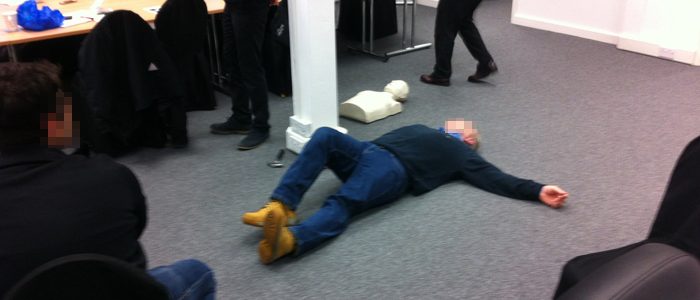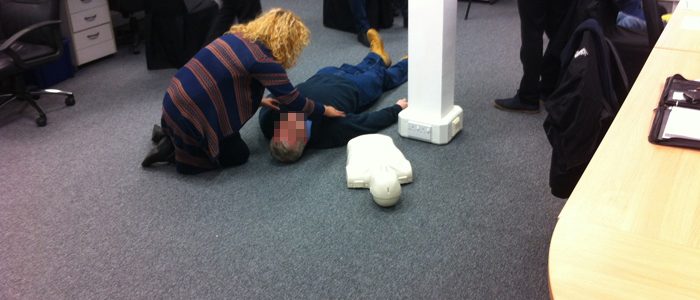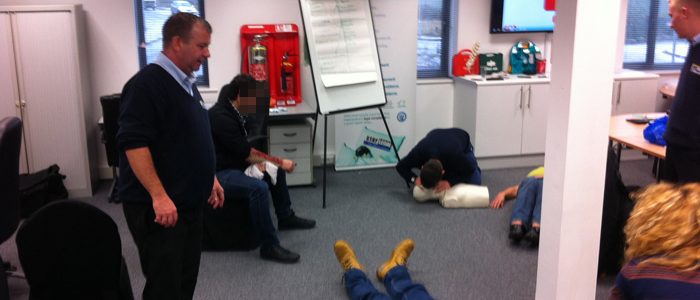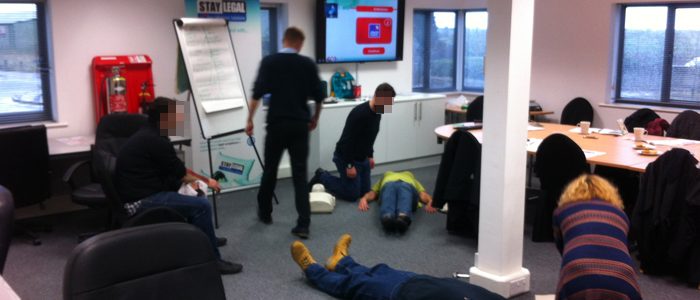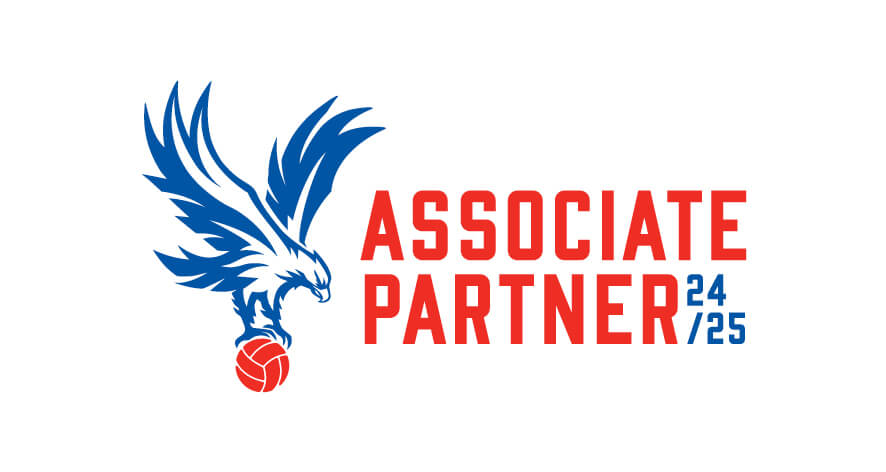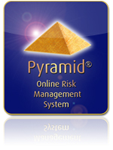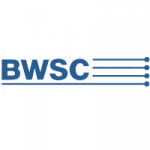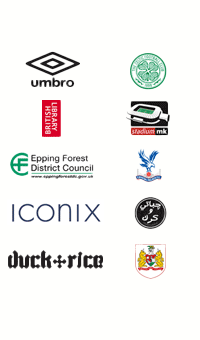First Aid Training Kent – Sittingbourne, Kent
We recently held a Emergency First Aid at Work Open Course at our regional training centre in Sittingbourne, Kent and would like to share some photos from the day (a sliding gallery is available at the top of this article) and information about the course.
Please keep an eye on our open courses page for upcoming courses and please also see our dedicated Emergency First Aid at Work training course page for 1 day and 3 day courses that can be held at your premises. The course is accredited by Highfield, the awarding body for compliance.
Our course is taught by qualified instructors using a mix of theory delivered via interactive presentations, pictures and movies and practical role playing with the use of resuscitation manikins and first aid equipment (including fake wounds!) to provide a quality learning experience.
If you would like any further information please do not hesitate to get in touch via the contact page or call us on +44 (0)844 372 7300.
Our Sittingbourne Regional Training centre address: Luffield House, Stadium Way, Eurolink Industrial Centre, Sittingbourne, Kent, ME10 3SD.
Feedback
We issue our course candidates a feedback sheet at the end of the course so they can comment on the course and the service we provide, here are some of the comments…
Enjoyable and informative
The practical certainly helped put theory into practice!
The course was very interactive. I enjoyed the practical tasks
The practical lesson made it really different and interesting
First Aid Course Content
Below is an overview of what to expect from the course and the modules and their outcomes that make up the syllabus of the training course. For full details on the course please see our dedicated Emergency First Aid at Work training course page.
Emergency First Aid at Work introduces candidates to:
- the roles and responsibilities of a first aider
- the legal requirements for first-aid provision
- the importance of accurate incident reporting
- first-aid equipment and its safe use
- the need to minimise the risk of infection
- the importance of assessing an incident
- undertaking a primary survey
- when and how to call for help
The course also provides the opportunity to practice the skills needed to administer first aid to a casualty who is:
- unconscious
- not breathing
- choking
- bleeding from a wound
- in shock
- suffering from a minor injury
Training Syllabus
Module 1 – Introduction
By the end of this module delegates will be able to:
- State the requirements for an emergency first aider
Module 2 – Responsibilities of the first aider
By the end of this module delegates will be able to:
- State what first aid is
- State the aims of first aid
- Describe the legislative requirements relating to first aid
- State the responsibilities of the first aider
- Gain practical experience of completing an accident report form
- Describe what barrier devices are available
Module 3 – Assessing an incident
By the end of this module delegates will be able to:
- State how to conduct a scene survey
- Describe and conduct a primary and secondary survey
- Place a casualty into the recovery position
- State the requirements for effective casualty communication
Module 4 – Managing an unresponsive casualty
By the end of this module delegates will be able to:
- State the principles of resuscitation
- Explain how the respiratory system works
- Carry out CPR on a resuscitation manikin
Module 5 – The respiratory system
By the end of this Module delegates will be able to:
- Describe how an airway may become obstructed
- Deal with a choking casualty
Module 6 – Wounds and bleeding
By the end of this module delegates will be able to:
- Describe how the circulatory system works
- State the types of bleeding
- Administer first aid to a casualty who is bleeding
- Administer first aid to a casualty with an embedded foreign object
Module 7 – Shock
By the end of this module delegates will be able to:
- Describe how to recognise a casualty with shock
Administer first aid to a casualty suffering from shock
State what anaphylaxis is
Module 8 – Seizures
By the end of this module delegates will be able to:
- State the difference between partial and generalised seizures
- State the treatment for partial and gereralised seizures
Module 9 – Dealing with minor injuries
By the end of this module delegates will be able to:
- Describe what a contusion is
- State the treatment for minor cuts and grazes
- State the treatment for minor burns and scalds
- Describe the treatment for foreign objects (eye, nose, ear and mouth)
- State the treatment for partially and fully embedded splinters
Module 10 – Other injuries
By the end of this module delegates will be able to:
- State the different types of fractures
- Apply a support sling
- Describe the treatment for a heart attack
- State the treatment for a stroke
- State the differences between hypoglycaemia and hyperglycaemia
- Describe the treatment for concussion, cerebral compression and a skull fracture
- State how to recognise a casualty with a spinal injury
- Describe the general treatment for a casualty who has been poisoned
- State how to recognise asthma
Additional Information
The Health and Safety Executive (HSE) provide a set of guidelines for first aid at work and a whole section on their web site has been developed to provide information for employers, employees, first-aiders and training organisations.
We are running a promotion on all our safety courses, please see our promotions blog category for current offers or view the open course page for the marked down prices!

